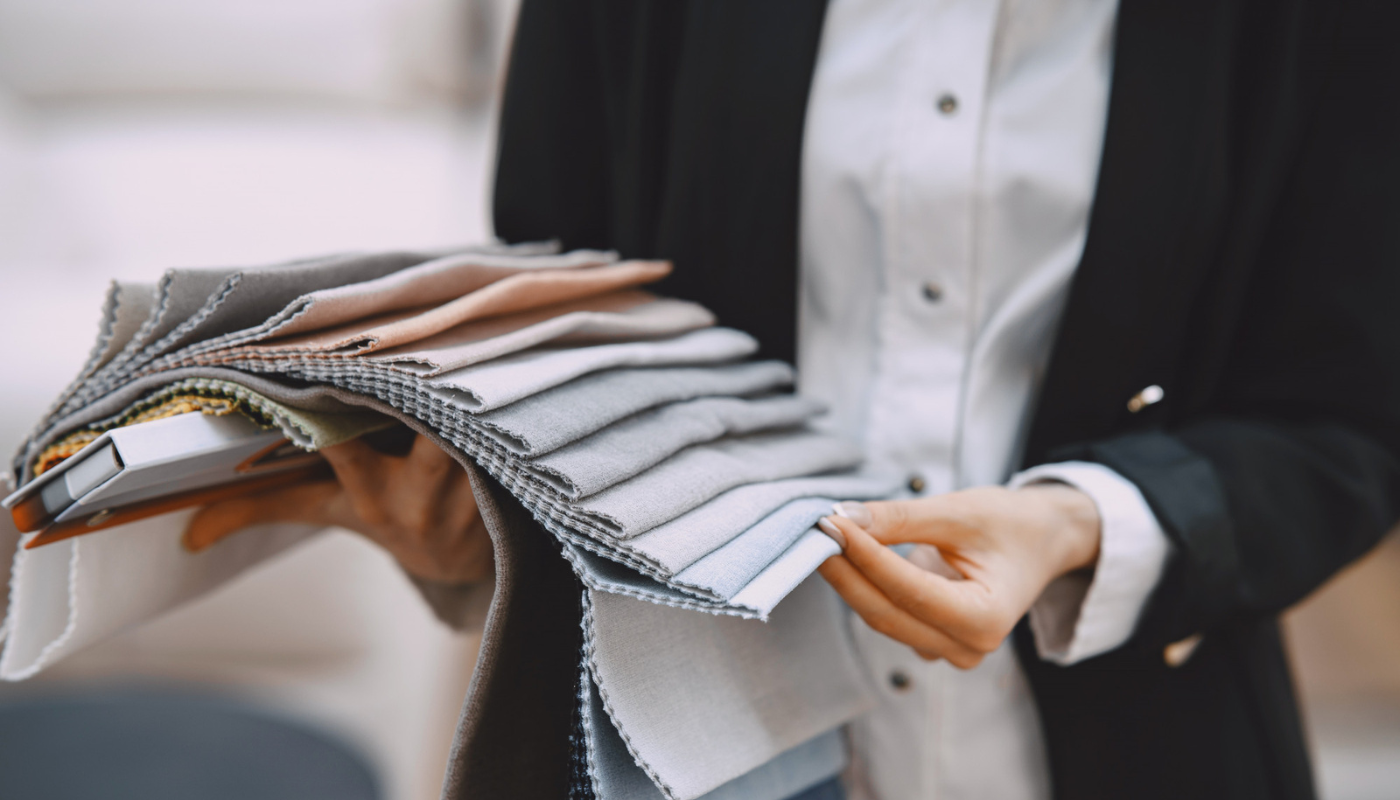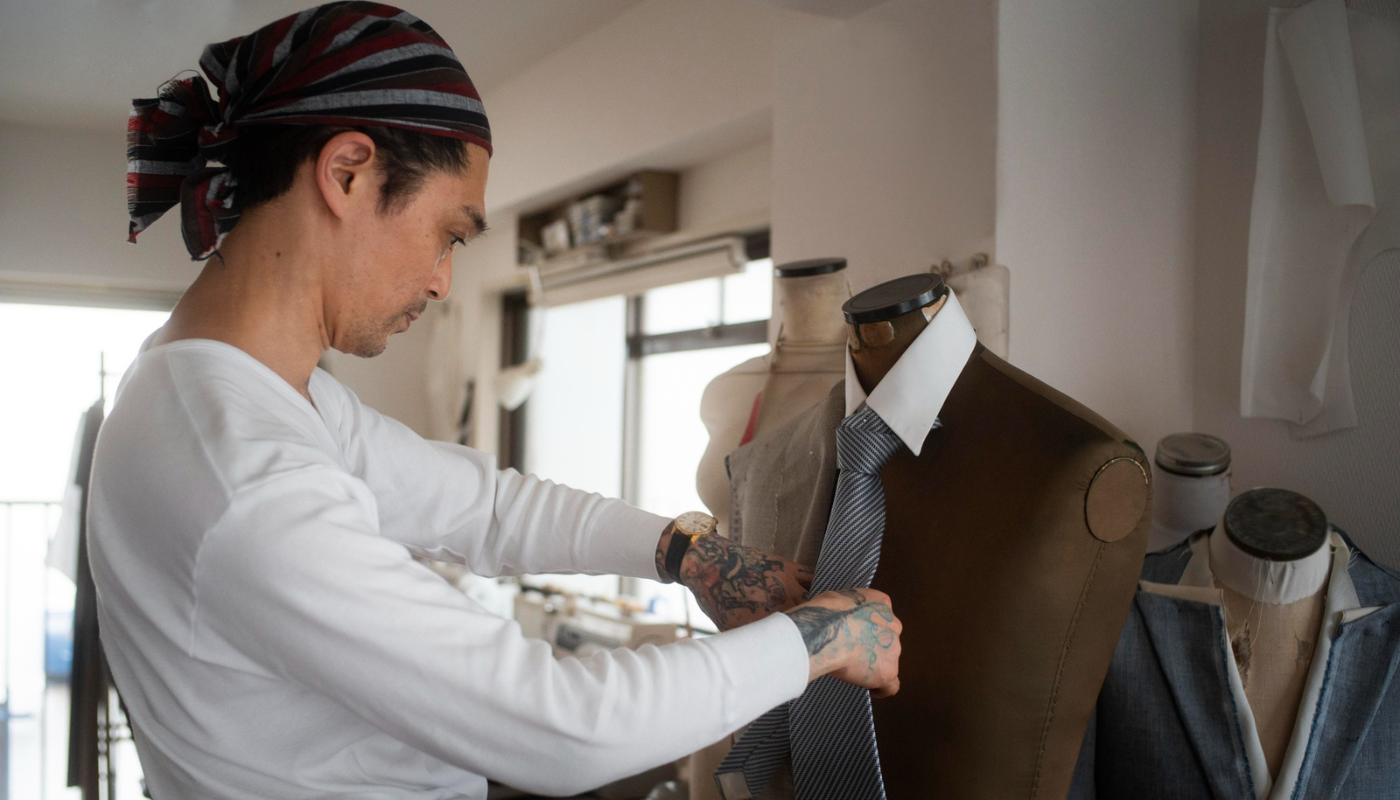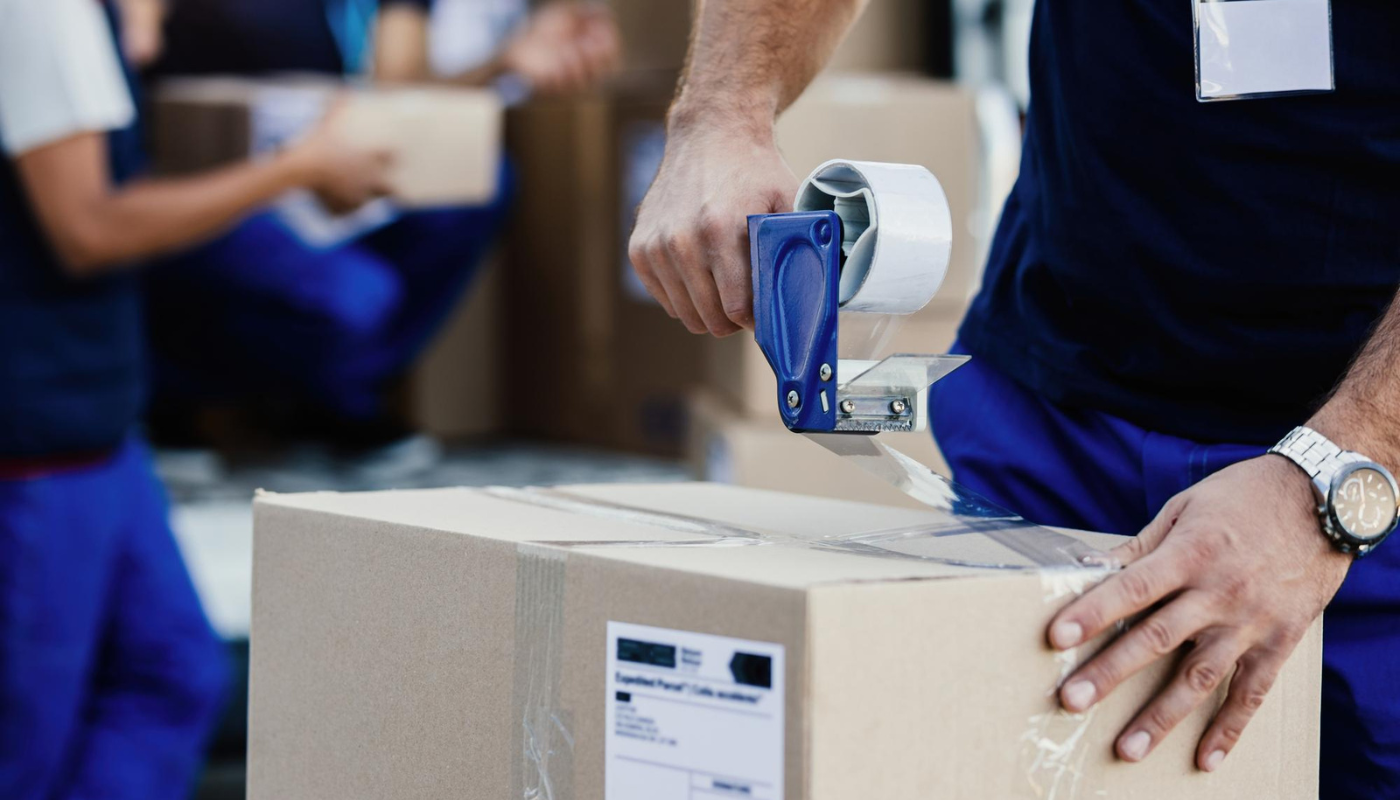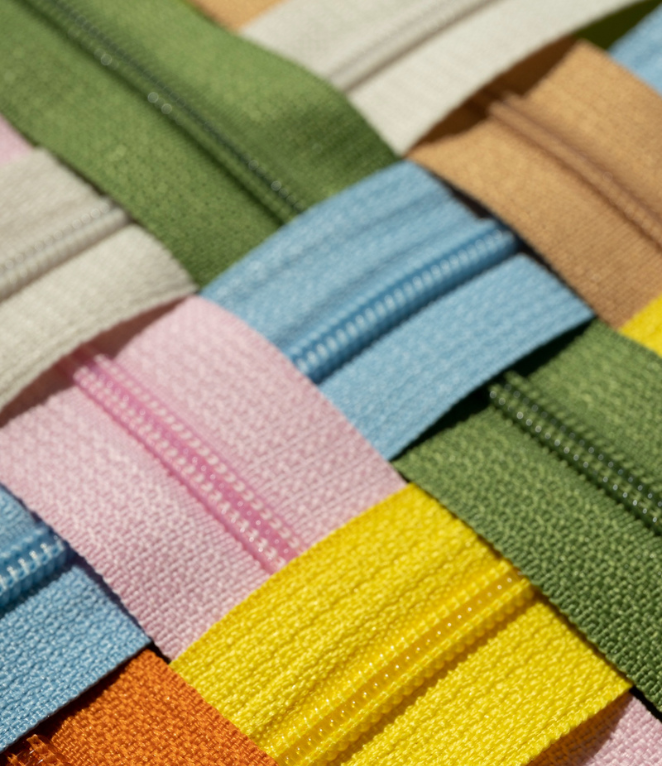
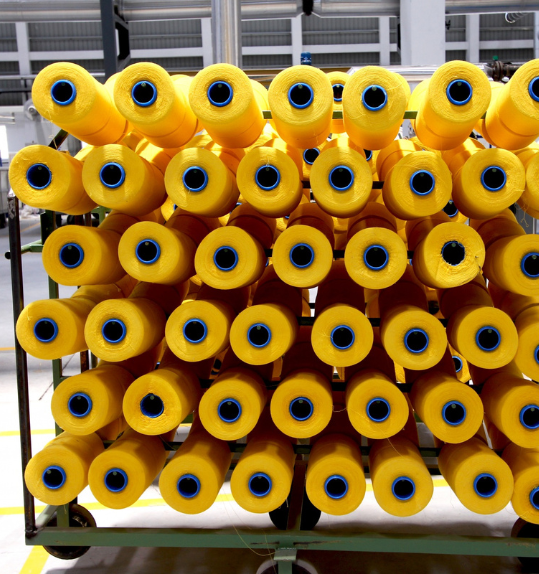
Raw Material Inspection
Raw Material Inspection is the initial step in quality control, ensuring that the materials used in fabric production meet the required standards. This process involves checking the quality of fibers, yarns, and dyes for consistency, strength, and suitability for the intended fabric. Any defects or inconsistencies in raw materials are identified and addressed before production begins, ensuring a high quality final product.
- Inspect fibers for strength, texture, and uniformity before use.
- Ensure yarns are of consistent thickness and avoid irregularities.
- Identify any flaws such as knots, breaks in the raw materials.
- Check moisture content in yarns to prevent issues with processing.
